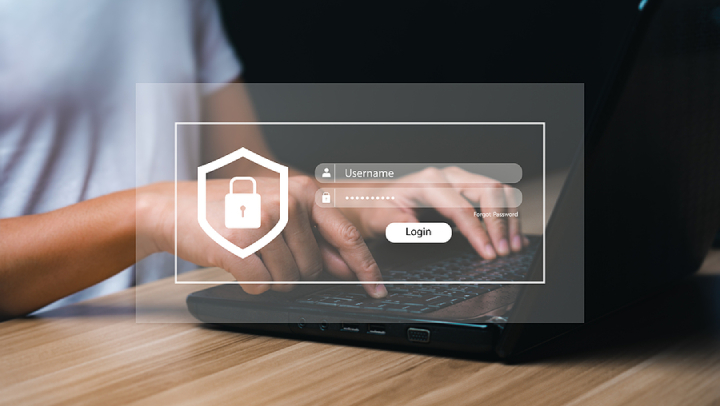
Remote work has become the primary workplace environment for many organisations today, offering flexibility, broader talent pools, and increased autonomy. However, with these benefits come unique challenges, particularly in project management. For leaders managing dispersed teams, navigating remote workflows often requires a fresh perspective and new strategies.
This article explores some of the most frequent project management pitfalls encountered in remote setups and outlines practical solutions to address them. By understanding and proactively mitigating these challenges, managers can enhance collaboration, efficiency, and overall team performance across digital workspaces.
1. Technology-Related Setbacks
Technical issues remain a primary obstacle for many remote teams. From unstable internet connections to complicated VPN configurations, even small disruptions can snowball into project delays.
To minimise technology friction:
- Strengthen IT Support Systems: Ensure your team has access to responsive and knowledgeable technical support for faster resolution of issues.
- Invest in User-Friendly Tools: Choose platforms with intuitive interfaces to reduce the learning curve and boost productivity.
- Organise Ongoing Tech Training: Conduct refresher sessions and provide resources that help your team keep up with evolving tools and systems.
It’s important to recognise that mastering new technologies takes time. However, with the right support and tools, remote teams can overcome most technical hurdles and work more efficiently.
2. Breaking Down Communication Barriers
Remote project teams often grapple with communication issues, especially when members are spread across multiple time zones. Unlike physical offices where quick clarifications are only a desk away, virtual teams must rely on scheduled calls and asynchronous messages, often causing delays and misunderstandings.
To enhance remote communication:
- Diversify Communication Channels: Use a mix of tools—emails for non-urgent messages, task boards for status tracking, and instant messaging platforms like Slack for casual, real-time conversations.
- Establish Overlapping Work Hours: Carve out even a small window of shared work time across time zones to facilitate live discussions.
- Prioritise Face-to-Face Interactions: Regular video calls foster trust, reinforce alignment, and make it easier to read non-verbal cues. Ensure your team’s hardware and conferencing tools are up-to-date.
Proactive and well-structured communication not only improves team coordination but also reinforces your leadership’s clarity and transparency, which are key traits when managing remote projects.
This is also where PMP certification in Singapore becomes relevant. Professionals trained under globally recognised project management frameworks are better equipped to anticipate and resolve communication pitfalls, even in fully remote settings.
3. Effectively Managing Productivity in a Remote Setup
One of the most debated challenges in remote work is how to track productivity without resorting to micromanagement. In a virtual environment, managers can’t simply walk by an employee’s desk to gauge workload or offer immediate feedback. The absence of visibility can result in missed deadlines, workload imbalance, or unclear progress updates.
A few solutions to improve productivity monitoring include:
- Adopt Digital Tracking Tools: Use remote-friendly project management platforms that allow task assignments, real-time updates, and performance tracking. Advanced tools also offer analytics and alerts for unusual activity patterns.
- Focus on Deliverables, Not Hours: Rather than monitoring screen time, prioritise the timely delivery and quality of completed tasks. This encourages accountability while granting employees the autonomy they value.
- Encourage Transparent Dialogue: Foster a culture where team members feel comfortable sharing blockers or requesting additional work. Regular one-on-one check-ins can be powerful for aligning expectations and providing guidance.
4. Building Team Cohesion from Afar
Remote teams often struggle with a sense of disconnect. Without daily in-person interactions, it’s easy for employees to feel isolated or undervalued. In fact, a study by MIT researchers found that virtual teams tend to feel less trusted and more emotionally distant than their co-located counterparts.
To foster unity within dispersed teams:
- Schedule Regular Virtual Gatherings: Beyond work-related calls, arrange informal coffee chats or virtual social hours to strengthen interpersonal connections.
- Utilise Collaboration Platforms: Tools like Microsoft Teams or Slack are invaluable for both work and play as they facilitate everything from shared documents to friendly banter or interactive games.
- Celebrate Contributions Publicly: Acknowledging individual or team achievements during meetings or on digital channels boosts morale and reinforces shared purpose.
By making intentional efforts to promote camaraderie, managers can turn geographical distance into a non-issue, replacing isolation with a strong team culture rooted in recognition and collaboration.
Professionals who undertake PMP training in Singapore can be better equipped to deal with these problems since these programmes typically prioritise teaching how to manage team dynamics in various work settings, including virtual ones. This training enhances a project manager’s ability to foster inclusive team environments and address trust issues head-on.
Conclusion
Remote project management comes with its share of challenges—from tech issues to team disengagement—but with the right strategies, success is well within reach. By balancing flexibility with structure and autonomy with accountability, managers can lead high-performing virtual teams confidently.
At BridgingMinds, we offer globally recognised certifications like PMP, PRINCE2®, and Agile to help you manage projects effectively and advance your career. Explore our expert-led courses and take the next step today.


